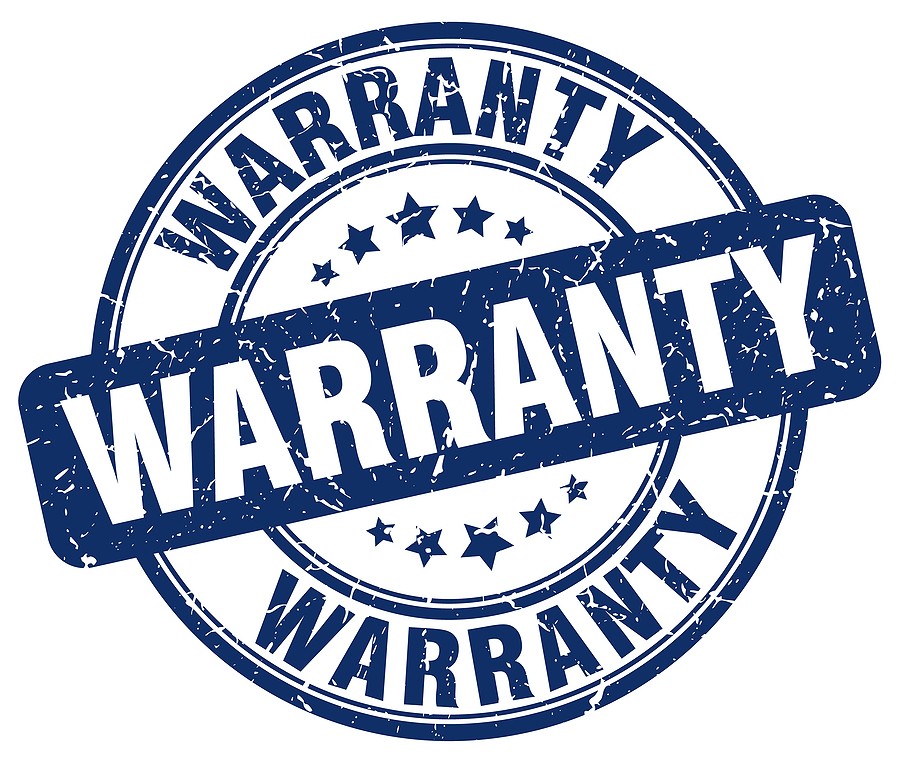By Category
Blog Categories
Buying a Refurbished Endoscope or AER: The Complete Guide
Buying refurbished medical equipment like endoscopes and Automated Endoscope Reprocessors (AERs) can save you money and quite possibly the planet. But it requires careful evaluation to ensure quality, longevity and that you're meeting industry standards.
In our previous post, we covered the basics of buying refurbished endoscopes and AERs. We touched on cost savings, quality assurance, warranties, regulatory compliance and more. Below, we'll be going into a little more detail on each of those points based on research on a multitude of authoritative websites on the topic. Some of those sources have been listed below. Our goal is to help you make the right decision with regards to buying refurbished medical equipment.Refurbished Endoscope Cost Savings
It's More Than Just the Price
Refurbished medical equipment can cost 30% to 50% less than new models. But cost savings and cost-effective operation shouldn't come at the expense of performance and longevity.
Budget Planning and Allocation
While the upfront cost is lower, you need to consider the total cost of ownership, including maintenance, replacement parts, and downtime of your endoscope(s) or automated endoscope reprocessor to truly know that it's cost-effective. To do this, creating a budget that includes the following may make good business sense:
- Initial purchase price
- Cost of future maintenance and servicing
- Availability and pricing of replacement parts
- Expected lifespan of the refurbished endoscope or automated endoscope reprocessor
(Source: Olympus Certified Pre-Owned Medical Devices Report)
For example, a brand new Olympus endoscope can cost over $30,000. A high-quality refurbished unit of the same model can cost $15,000 to $20,000. The savings can easily fund additional accessories or possibly additional medical equipment while offering the same high level disinfection and reduced manual cleaning.
Environmental Benefits: Sustainable Healthcare Options
Medical waste and e-waste are growing issues in the healthcare industry. By buying refurbished medical equipment, facilities are contributing to sustainability by reducing landfill waste and conserving raw materials.
Reducing the Carbon Footprint
Manufacturing new medical devices requires a lot of resources: energy, raw materials, and labor. Refurbishing existing equipment reduces those demands and helps facilities reduce their carbon footprint. If this can be done with the same reliable results when it comes to cross-contamination and infection prevention, it makes perfect sense for the planet and your patients.
(Source: World Health Organization's Sustainable Healthcare Report)
Manufacturing new medical devices requires a lot of resources: energy, raw materials, and labor. Refurbishing existing equipment reduces those demands and helps facilities reduce their carbon footprint. If this can be done with the same reliable results when it comes to cross-contamination and infection prevention, it makes perfect sense for the planet and your patients.
(Source: World Health Organization's Sustainable Healthcare Report)
Green Healthcare Initiatives
Many hospitals are implementing green healthcare initiatives to reduce their environmental impact. Refurbished medical equipment fits into those sustainability goals, enabling medical facilities to operate in a more environmentally friendly manner while being financially beneficial.
Quality Assurance: Reliability and Performance
The quality of refurbished equipment like endoscopes and endoscope reprocessors depends a great deal on the refurbisher. Not all refurbished devices are created equal, so you need to work with reputable sellers who follow strict quality assurance protocols
Refurbishment Steps
A good refurbishment process includes:
Replacement of worn-out out parts
Testing to OEM specs
Software updates and recalibrations
Final inspections and quality checks
(Source: Boston Scientific's Guide to Buying Pre-Owned Endoscopes)
Who to Buy From
Ask the refurbisher about their process and what specific steps they take to ensure quality. Companies like STERIS and Olympus have certified pre-owned programs that guarantee standards. Always check the refurbisher's certifications and ask for customer references before you buy.
Warranty and Support: Your Investment
A good warranty gives you peace of mind when buying refurbished equipment. Be wary of suppliers who offer very short warranties or no warranty at all.
After-Sales Support
After the warranty period, make sure the supplier offers continued support, including access to parts and technical assistance. Good customer service can make a big difference in minimizing downtime and equipment life.
Availability and Selection: Finding What You Need
One of the challenges of buying refurbished medical equipment is the availability of specific models. Unlike new equipment, which can be ordered directly from the manufacturer, refurbished ones are supply-based.
How to Increase Availability
- Work with multiple refurbishers to have more options
- Plan ahead rather than waiting for urgent replacements
- Be flexible on the model, but ensure compatibility with your existing equipment
(Source: Soma Tech Intl Refurbished Medical Equipment Market Report)
Verified Listings and Trusted Suppliers
MedService Repair has been in business for over 25 years and has refurbished endoscopes and AERs from major manufacturers. Our commitment to quality and service is well-known in the industry, providing hospitals and clinics with practical choices.
Equipment Life: Longevity and Performance
The expected life of refurbished medical equipment typically depends on its previous use, the quality of the refurbishment, and how it's maintained going forward.
Factors That Affect Lifespan
- Condition of the unit before refurbishment
- Refurbishment process and component replacement
- How often the equipment will be used in your facility
(Source: Medical Device & Diagnostic Industry's Lifecycle Analysis Report)
Extending Life
- It's critical to follow manufacturer's maintenance schedule
- Use OEM or OEM-compatible high-quality aftermarket parts
- Train your staff on proper handling and use, particularly in procedures like endoscope reprocessing, to prevent damage and ensure compliance with infection control standards
Regulatory Compliance: Industry Standards
Refurbished medical equipment including scopes and AERs, must meet FDA regulations and industry standards for patient safety.
Key Compliance Points
- Refurbisher's FDA registration
- ISO 13485 certification
- Adherence to OEM reprocessing guidelines
(Source: FDA Medical Device Refurbishment and Reuse Guidelines)
Summary
Buying refurbished endoscopes or AERs can be a smart and green decision when done right. By considering cost, quality, warranty, availability and compliance, you can buy refurbished medical equipment that's a perfect fit for your facility.
Whether you're looking to add to your equipment fleet or replace old units, research and due diligence are crucial. By working with trusted suppliers and verifying compliance and total cost of ownership, you can get medical equipment that's good for your budget and will increase workflow without sacrifcing patient care.




